Cover Letter for Job Application: Why It Matters
In the competitive world of job applications, a well-crafted cover letter is your essential tool. It’s the first impression you make on a potential employer, and it can significantly influence whether your resume even gets a second look. Many job seekers underestimate the cover letter’s importance, but it’s your opportunity to go beyond the bullet points of your resume and provide a compelling narrative about why you’re the ideal candidate. A strong cover letter demonstrates your communication skills, enthusiasm, and genuine interest in the role and the company. It shows the hiring manager that you’ve taken the time to understand their needs and tailor your application accordingly, setting you apart from those who send generic applications.
Cover Letter’s Importance for Landing the Job
Landing your dream job requires a strategic approach, and the cover letter is a key component of that strategy. It allows you to connect your skills, experience, and aspirations to the specific requirements of the job. A well-written cover letter provides context to your resume, explaining how your past experiences have prepared you for the role. It enables you to highlight achievements that might be missed in a resume and showcase your personality and communication style. Moreover, the cover letter is a chance to demonstrate your research on the company and your understanding of their mission and values. This personalized approach indicates genuine interest and increases your chances of being selected for an interview.
Cover Letter: First Impression
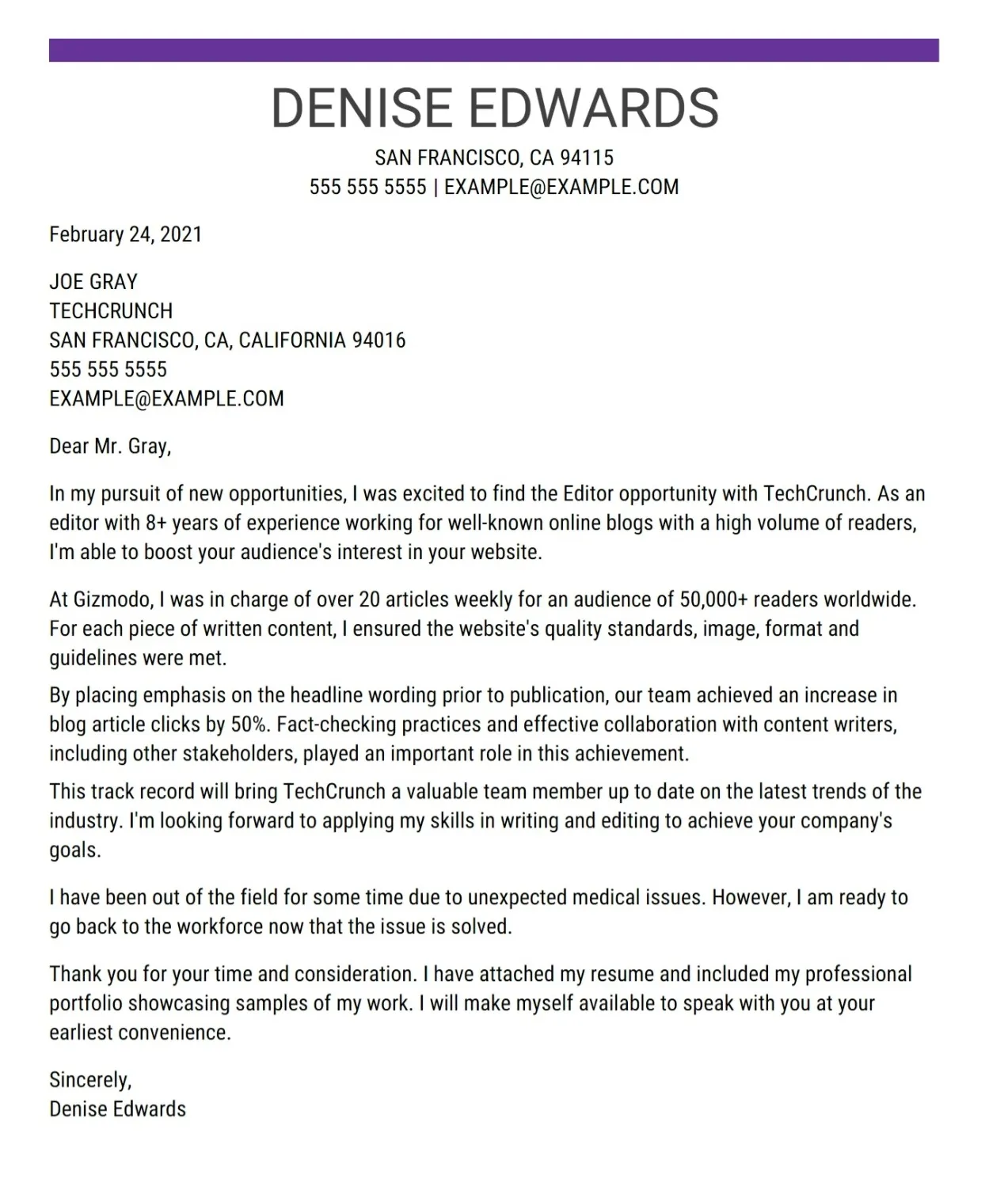
Your cover letter is your first introduction to a potential employer, and first impressions are crucial. This document is your opportunity to make a positive and lasting impact. It sets the tone for how the hiring manager perceives you and your qualifications. A polished, well-written cover letter instantly showcases your professionalism, attention to detail, and communication skills. It shows that you care enough to invest time and effort in the application process. By making a strong first impression, you increase the likelihood that the employer will be interested in learning more about you and your capabilities. Remember, a well-crafted cover letter can make the difference between being noticed and being overlooked.
Cover Letter vs Resume
While your resume provides a comprehensive overview of your work history, education, and skills, the cover letter offers a more personalized narrative. The resume presents the facts, while the cover letter tells a story. The resume is a factual document that lists your experience and achievements. The cover letter, on the other hand, allows you to explain why those experiences and achievements make you a suitable candidate for the specific role. It’s your chance to show the employer how your skills align with their needs and how you can contribute to their organization. In essence, the resume summarizes your qualifications, while the cover letter provides context, personality, and passion. Together, they create a complete picture of you as a professional.
Key Components to Include in Your Cover Letter
A strong cover letter is structured to provide a clear, concise, and compelling argument for your candidacy. This means including certain key components to showcase your value and make an impact. These key elements are essential for any successful cover letter, ensuring that you effectively communicate your qualifications and enthusiasm. By including each of these, you increase your chances of impressing the hiring manager.
Contact Information
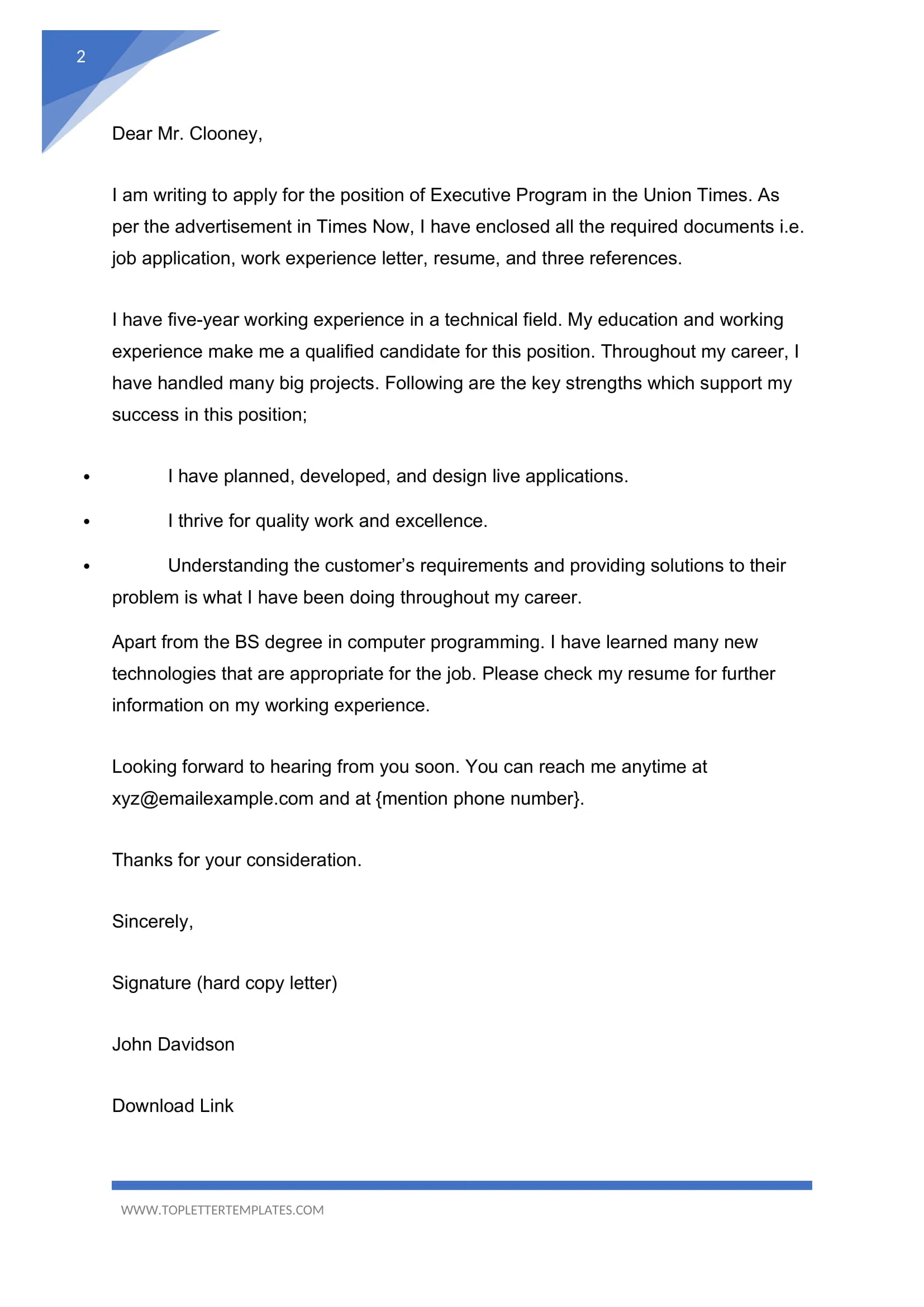
Start with your contact information, including your name, phone number, email address, and, if appropriate, your LinkedIn profile URL. This allows the hiring manager to easily reach you if they want to schedule an interview or ask further questions. Make sure your contact information is accurate and up-to-date. Use a professional email address; avoid nicknames or informal language. It’s also a good practice to include the date and the employer’s contact information, such as the name and title of the hiring manager if known.
Professional Greeting
Always begin your cover letter with a professional greeting. If possible, address the hiring manager by name (e.g., “Dear Mr. Smith”). Research the company and the role to identify the correct contact person. Addressing the letter to a specific person shows that you have taken the time to research the company and are genuinely interested in the position. If you are unable to find a specific name, use a general greeting such as “Dear Hiring Manager” or “Dear [Company Name] Hiring Team.” Avoid generic greetings such as “To Whom It May Concern” as they lack a personal touch.
Introduction: Captivate the Reader
Your introduction is your chance to immediately grab the reader’s attention. State the position you are applying for and how you found the job opening. Briefly highlight your most relevant qualifications or skills. A strong introduction creates a positive first impression and motivates the hiring manager to read further. Be clear, concise, and confident in your opening statement. Consider mentioning a shared connection or a specific aspect of the company that interests you. This will provide a personal touch and showcase your enthusiasm. The introduction is the gateway to the rest of your letter, so make it count.
Body Paragraphs: Showcase Your Value
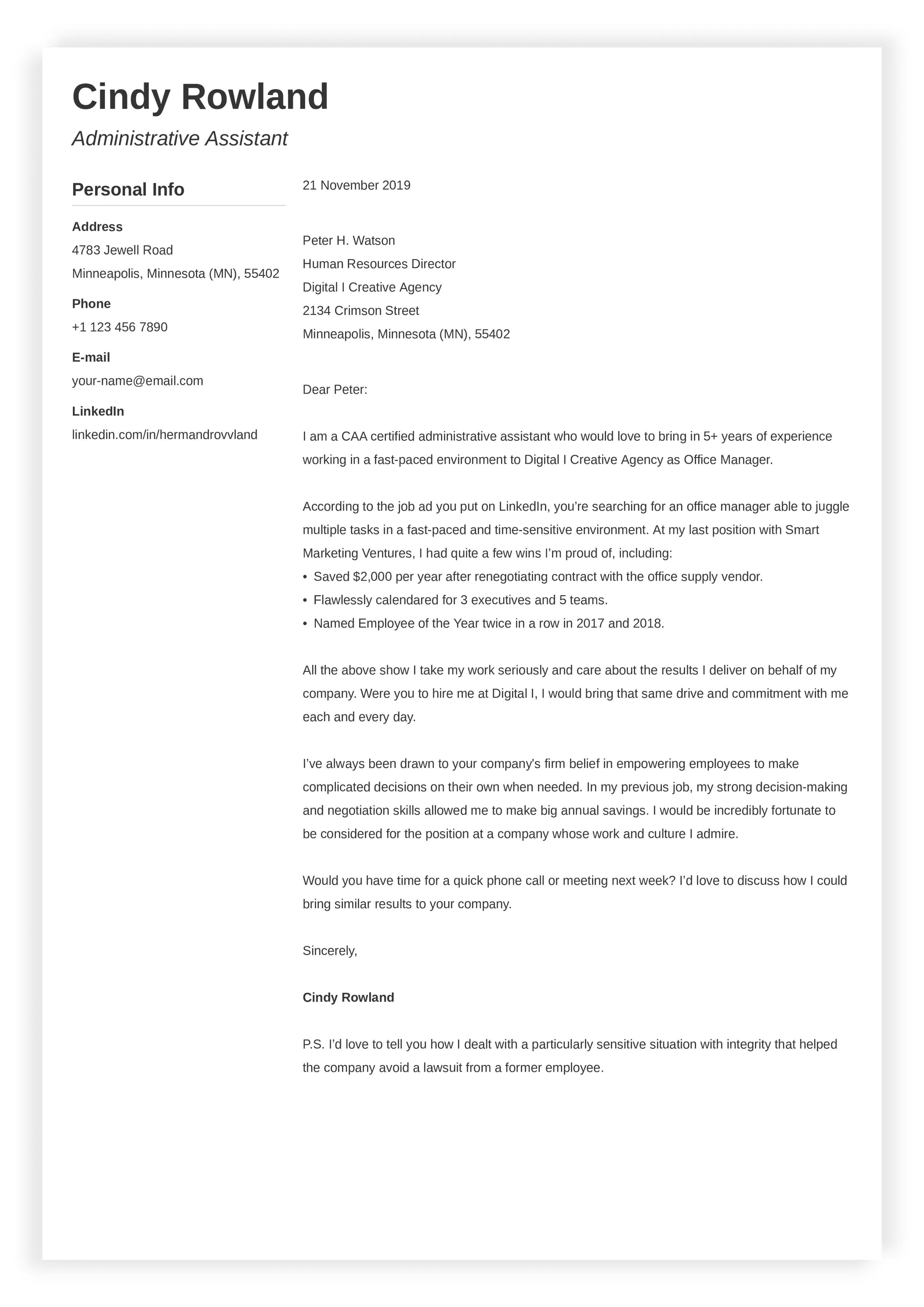
The body paragraphs are the core of your cover letter, where you demonstrate how your skills and experience align with the job requirements. Use these paragraphs to elaborate on your qualifications, provide specific examples of your achievements, and highlight relevant experiences that showcase your value. Focus on the key requirements outlined in the job description and explain how you meet those needs. Use action verbs to describe your accomplishments. Tailor your content to fit the specific job. By highlighting your relevant qualifications, you increase your chances of making a good impression. Make sure that you provide concrete examples and data to back up your claims.
Highlight Relevant Skills and Experience
Focus on the skills and experience most relevant to the job you are applying for. Review the job description carefully and identify the key requirements. Then, in your cover letter, provide specific examples of how you have demonstrated those skills in the past. Use the STAR method (Situation, Task, Action, Result) to provide a structured and compelling account of your experience. Quantify your achievements whenever possible, and explain how your skills can benefit the company. By highlighting the relevant experience, you demonstrate that you are well-prepared to excel in the role. Show a clear connection between your past experiences and the requirements of the job.
Quantify Your Achievements
Whenever possible, quantify your achievements to provide concrete evidence of your impact. Instead of just saying you “increased sales,” provide the actual percentage increase or dollar amount. Instead of saying you “managed a team,” mention the team size and the results achieved. Numbers add credibility and demonstrate the tangible benefits you have brought to previous employers. Use metrics to showcase the impact of your work. Provide the hiring manager with clear evidence of your skills and abilities. By quantifying your achievements, you make your cover letter more compelling and increase your chances of making a positive impression.
Tailor Your Letter to the Job
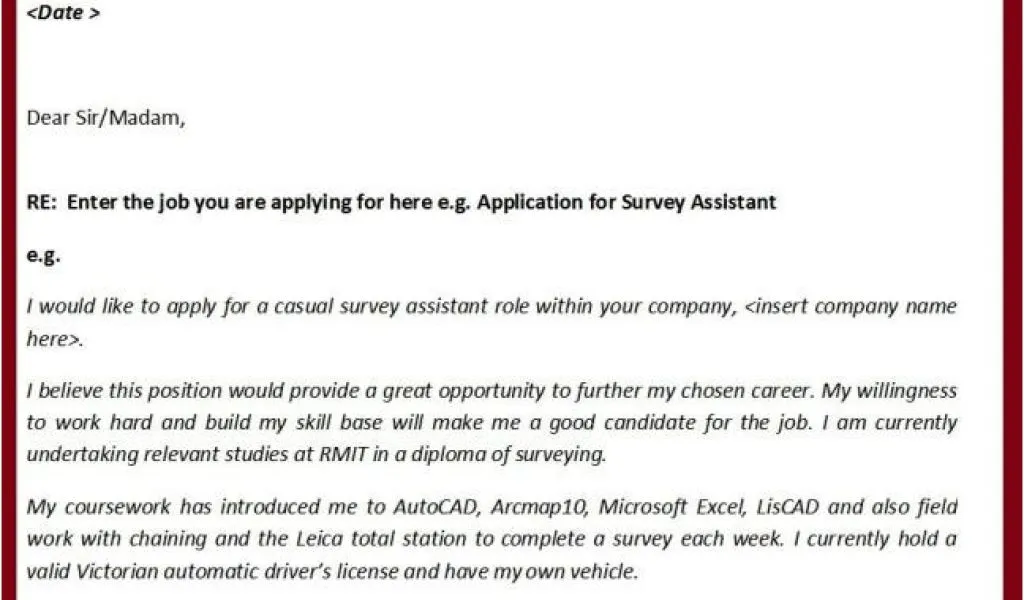
Avoid using a generic cover letter for every job application. Customize each cover letter to match the specific requirements of the job you are applying for. Carefully review the job description and identify the key skills and qualifications the employer is seeking. Tailor your letter to highlight your relevant experiences and how they align with the job requirements. Show that you understand the company’s needs and that you have taken the time to research the role. Personalizing your cover letter shows the hiring manager that you are genuinely interested in the position and increases your chances of getting an interview. Make each cover letter unique and relevant to the job.
Use Keywords from the Job Description
Incorporate keywords from the job description into your cover letter. Employers often use applicant tracking systems (ATS) to scan resumes and cover letters for specific keywords. Use the same language that is used in the job posting. Include keywords that match the skills, qualifications, and experience the employer is seeking. Carefully read the job description and make a note of any important keywords. Incorporating these keywords into your cover letter will improve your chances of passing the ATS and getting your application noticed. By using relevant keywords, you demonstrate that you understand the job requirements and that you are well-suited for the position.
Closing Paragraph: Call to Action
Your closing paragraph should reiterate your interest in the position and include a call to action. Reiterate your enthusiasm for the opportunity and thank the hiring manager for their time and consideration. End with a clear call to action, such as requesting an interview or expressing your willingness to discuss your qualifications further. Make sure to state how you plan to follow up, if at all. A strong closing paragraph reinforces your interest and encourages the employer to take the next step. The call to action prompts the employer to act and increases your chances of advancing in the hiring process. Be confident and enthusiastic in your closing statement.
Express Enthusiasm and Gratitude
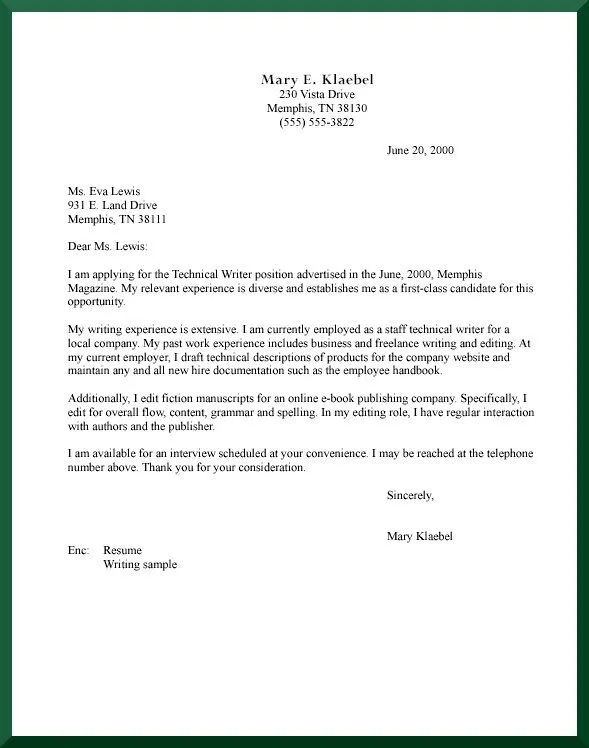
Expressing enthusiasm and gratitude can leave a lasting impression on the hiring manager. Show genuine interest in the position and the company. Thank the hiring manager for their time and consideration, and reiterate your enthusiasm for the opportunity. These elements add a personal touch to your letter and demonstrate your appreciation. By expressing your enthusiasm and gratitude, you leave the hiring manager with a positive impression of your character and professionalism. This small but significant gesture can make a difference in the hiring process.
Proofread and Edit
Before submitting your cover letter, meticulously proofread and edit it. Errors in grammar, spelling, and punctuation can undermine your credibility and make you appear careless. Thoroughly review your cover letter to ensure it is free of any mistakes. Use grammar and spell-check tools, but also read through the document yourself to catch any errors that automated tools might miss. Consider asking a friend or colleague to review your cover letter as well. A fresh pair of eyes can often spot errors that you might have overlooked. Proofreading demonstrates your attention to detail and commitment to quality, which are highly valued by employers.
Formatting and Design
The formatting and design of your cover letter are just as important as its content. A clean and professional layout makes your cover letter easy to read and enhances its overall impact. Use a standard font, such as Times New Roman, Arial, or Calibri, and a font size between 10 and 12 points. Use clear headings and subheadings to organize your content and make it easy for the reader to scan. Use ample white space to avoid a cluttered appearance. Make sure the formatting is consistent throughout the document. A well-formatted cover letter is more appealing to the eye and demonstrates your professionalism.
Choose a Professional Font
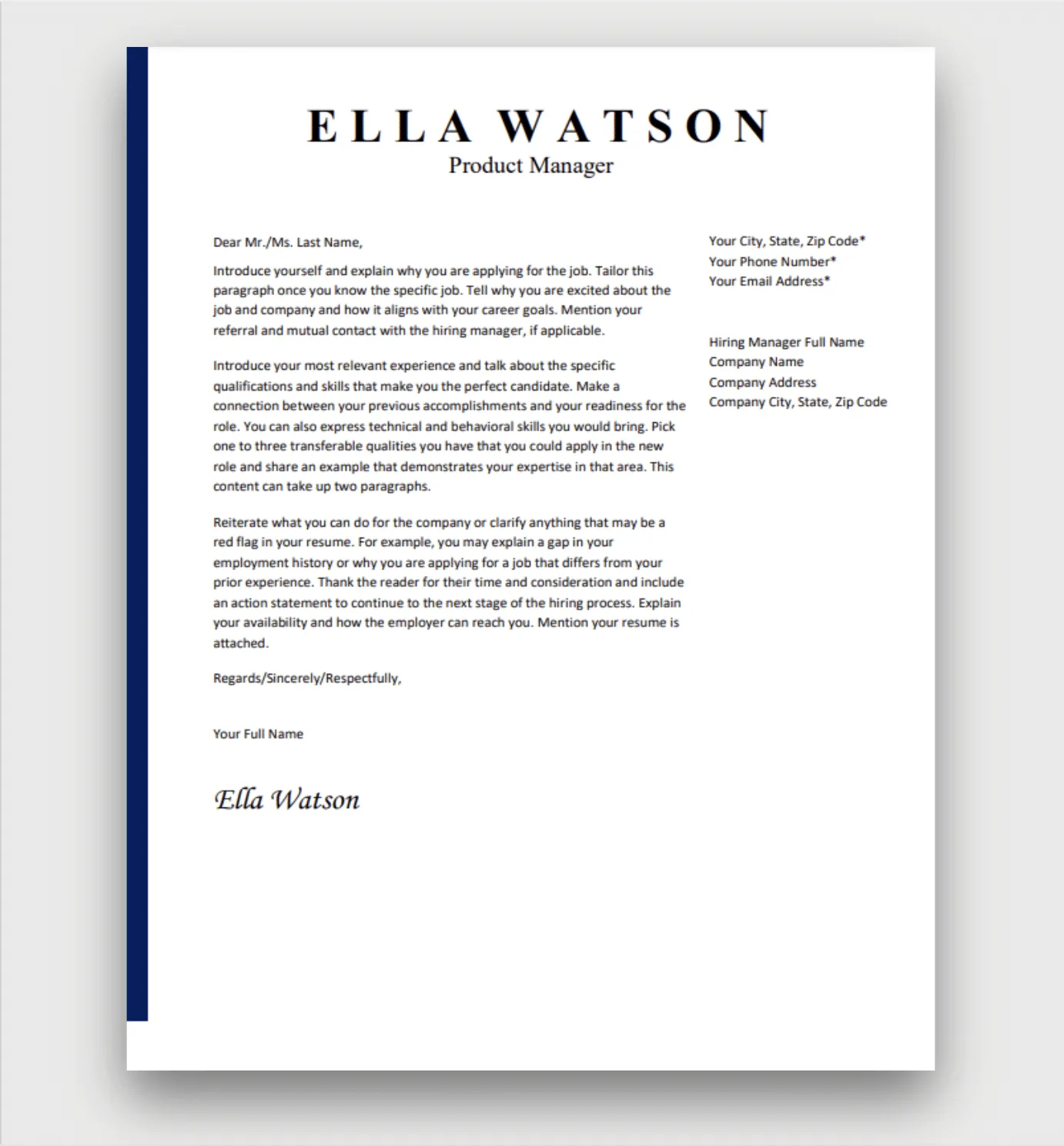
Selecting a professional font is a crucial part of the cover letter formatting. Stick to common, easily readable fonts. Use a font size between 10 and 12 points. Avoid overly decorative or unusual fonts, which can distract the reader. Common choices include Times New Roman, Arial, and Calibri. The goal is to ensure that the text is easy to read and presents a professional image. A readable font improves the overall presentation of your cover letter and is easily accessible.
Keep it Concise and Readable
Keep your cover letter concise and easy to read. Aim for a length of one page, or no more than two pages if absolutely necessary. Use short paragraphs and clear, concise sentences. Avoid lengthy sentences and complex language. Break up your content with headings, bullet points, and white space. A well-formatted cover letter is more inviting to the reader and helps convey your message effectively. Brevity demonstrates respect for the hiring manager’s time and increases your chances of keeping their attention. Strive for clarity and impact in your writing.
Cover Letter: The Final Check
Before submitting your cover letter, do a final check to ensure it’s perfect. Check for errors in grammar, spelling, and punctuation. Ensure all contact information is correct and the letter is addressed to the right person. Verify that the formatting is consistent and professional. Check that you’ve included all the key components, and that it’s tailored to the specific job. If possible, ask a friend or career advisor to review your cover letter for feedback. Submitting a polished, error-free cover letter demonstrates your attention to detail and professionalism. By taking the time to do a final check, you greatly increase your chances of making a positive impression.
Cover Letter Templates and Resources
Take advantage of cover letter templates and other resources to help you create a compelling cover letter. Templates can provide a structured framework and save you time. The use of these can assist in ensuring that you include all the necessary elements. Customize a template to suit your specific skills and experience. Use these templates to make your cover letter. Several online resources offer cover letter templates, examples, and writing tips. Use these tools to get inspired and create a cover letter that stands out. By using these resources, you can learn more about crafting an effective cover letter that gets you hired.
Cover Letter: Where to Find Templates
Various online platforms provide cover letter templates. Microsoft Word offers built-in templates that you can customize to fit your needs. Many websites specialize in providing free or premium cover letter templates. Career websites often have templates. These resources can provide inspiration and a structured approach to writing your cover letter. When choosing a template, ensure it’s relevant to the job and the industry. You can adapt templates, allowing you to ensure your cover letter is unique.
Additional Resources for Cover Letter Writing
Numerous resources are available to help you improve your cover letter writing skills. Career counselors can provide personalized feedback and guidance. Online courses offer structured training and cover letter writing tips. Reviewing examples of successful cover letters can provide inspiration and guidance. Researching the best practices for your field. Seeking feedback from professionals will boost your chances of success. Use these resources to hone your skills and create a cover letter that gets you hired. These resources are valuable to enhance your application.
